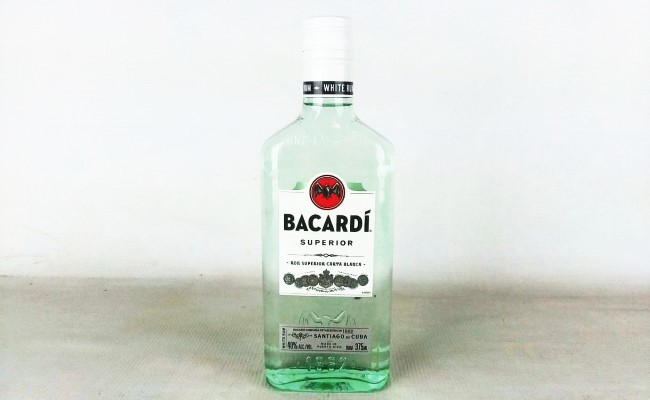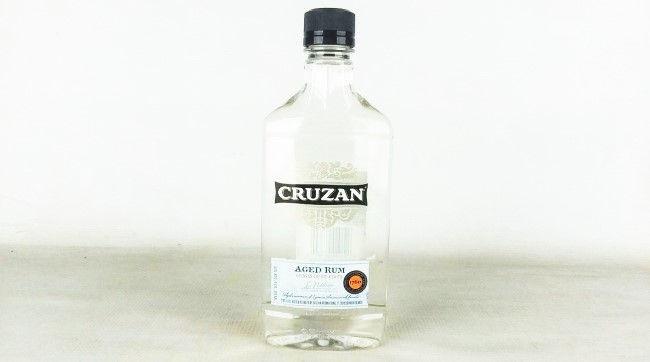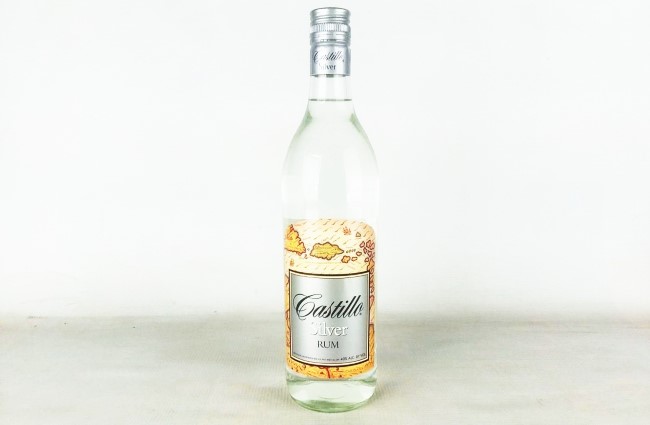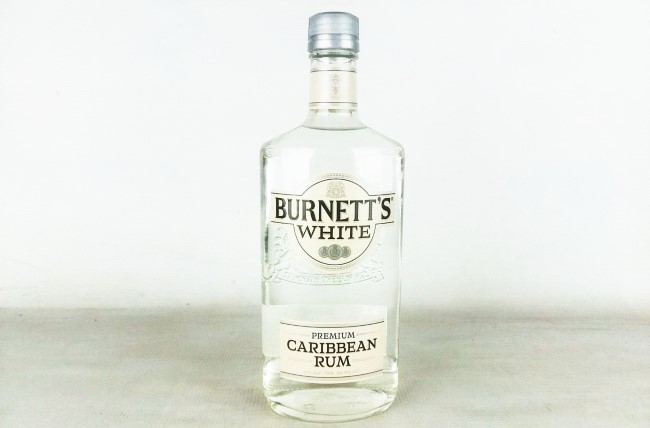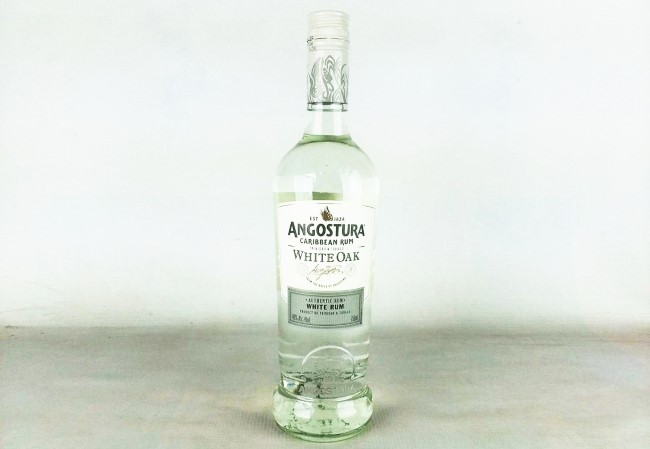10 of the Best Bottom Shelf, Cheap White Rums, Blind-Tasted and Ranked
Photos by Jim Vorel
This list is part of a Paste series of bottom shelf liquor and craft beer style tastings. Click here to view all entries in the series.
Surely, of all the major “base spirits” in American drinking/cocktail culture, none of them is so profoundly misunderstood, or so afflicted by misinformation, as rum.
We all know what the average consumer thinks of, when they think of rum. Brightly colored tropical drinks. Rum ‘n Cokes. Pirates, of course. But unlike say, bourbon, the average consumer doesn’t seem to have a solid grasp of how rum is actually produced, or from what it is even made. And unlike the more regulated world of American whiskey, the rum aisle falls victim to an array of naming and labeling conventions that tell you very little about the nature of the spirits in any given bottle.
Take “white rum,” for instance. The vast majority of white rum is a distillate made from the by-product of sugarcane processing, which we of course know simply as “molasses.” To make white rum, molasses (with added water and yeast) is allowed to ferment, and is then distilled, cut with water and bottled.
Simple, right? Well, no, not so much. “White” rum can also be produced via the fermentation and distillation of unrefined sugarcane juice rather than molasses, in which case it’s usually referred to as rhum agricole—unless this same process is done in Brazil, where it’s referred to as Cachaça, the national Brazilian spirit. Does this mean that rhum agricole and Cachaça are functionally the same thing? Pretty much, yeah, although don’t say that to a Brazilian person. And you could technically refer to both as “white rum” as well, and be more of less correct.
But at least all “white rums” share one thing in common, right? They’re all unaged … except no, once again that’s not accurate. Some “white” rums are indeed aged in re-used or newly charred oak barrels, which does usually impart a degree of color to them—color that is then removed from the finished product via filtering to obtain a more or less clear final appearance, with perhaps just a touch of yellow or gold. But these products are still sold as “white rums,” which illustrates just how little the classification actually means in the U.S. The same thing is true of “gold rum,” “dark rum” and “black rum”—labels that also mean essentially nothing in the U.S. market. But those are topics for another, deeper essay that I promise to write in the near future.
Today, we’re here to taste some of those classic white rums that are typically consumed in one of America’s favorite pastimes: Mixed drinks. Whether it’s as simple as a rum ‘n coke or as classy and eternally fashionable as a well-made daiquiri, you’re going to want to know where the value truly lies on the bottom shelf of the rum aisle. And we’re here to let you know.
Rules and Procedure
— This is a tasting of cheap white rum, with a strict price limit of $15 or less for a 750 ml bottle. Some of the bottles we used in the tasting were merely pints, but every brand on this list was available for $15 or less on Total Wine at the time of purchasing. Please note, the $15 cutoff means certain mid-shelf brands such as Plantation 3 Stars, J. Wray or Havana Club missed the tasting by a few bucks, as they can’t reliably be had for less than $15. All entrants are proud members of the Plastic Cap Club.
— All rums were tasted neat. Gold/dark/spiced rums were not allowed, and will be tasted separately.
— All rums in this tasting were acquired directly from liquor stores in Georgia.
— Rums were judged completely blind by how enjoyable they were as individual experiences and given scores of 1-100, which were then averaged. Entries were judged by how much we enjoyed them for whatever reason, not by how well they fit any kind of preconceived style guidelines.
The Rankings: All 10 White Rums, Ranked From Worst to Best
10. Heaven Hill West Indies Rum
Origin: U.S. Virgin Islands? (Heaven Hill Distilleries)
ABV: 40% (80 proof)
Price: $6.49
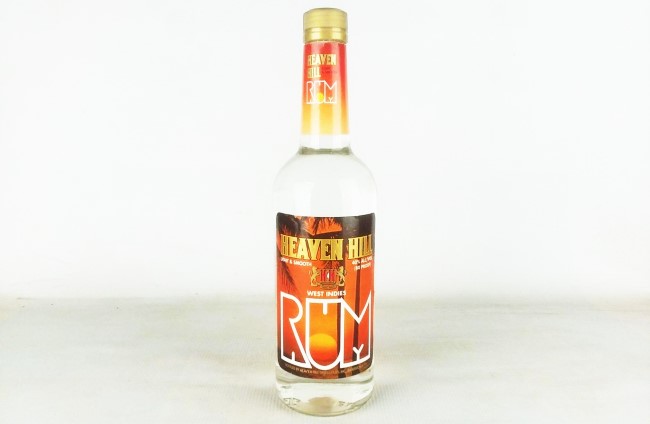
Truly, it pains me as a whiskey fan to think that one of my favorite distilleries in the world, Heaven Hill—the makers of everything from Evan Williams to Elijah Craig—are also the low-key producers of some truly unpleasant, dirt-cheap white rum. This is an entry in the “disowned by its own producer” file, as the Heaven Hill website makes literally zero mention of the existence of a basic “Heaven Hill Rum,” any more than they do for their other ultra cheap spirits like Heaven Hill Vodka. Instead, they proudly reveal the fact that they produce the almost-as-cheap Admiral Nelson series of rums, which is to say—when you’re proud of the likes of Admiral Nelson, just imagine how bad the stuff you don’t acknowledge must be. Yeah.
Information about this stuff is quite spotty, but it sounds like the liquid was distilled in the U.S. Virgin Islands. Truly, it’s what you expect a bottle of ultra-cheap booze to taste like—all burn and nothing else to speak of. On both the nose and palate, this just reeks of pure ethanol, like some combination of gasoline and nail polish. To say it’s “hot” on the palate is sort of misleading, in the sense that it can’t be anything other than hot, as it really has no other flavors to speak of. Tasting this neat, you’d never come to the conclusion that it was rum at all—it comes across almost perfectly as harsh, boozy and neutral grain alcohol. If you were told it was vodka, you’d say “this is bad.” If told it was rum, you’d say it was doubly bad. Suffice to say, this was pretty much universally hated by the tasters.
9. Captain Morgan Caribbean White Rum
Origin: U.S. Virgin Islands (Diageo)
ABV: 40% (80 proof)
Price: $9.99

Honestly, how many of us even realized that there were other entries in the Captain Morgan line other than the iconic spiced rum? I certainly had never paid attention to the fact that there was not one but multiple white rums in the Captain Morgan brand lineup, as it comes in both “silver spiced” and plain “white.” This one is the latter, which comes with a suggestion to consume in a rum ‘n Coke, but really, who is buying this stuff rather than the much better-known spiced gold rum? Is there really a market out there, craving the purity of Captain Morgan white rum with their cola? I’m having a hard time accepting this … especially after tasting it.
Of all the rums in this tasting, Captain Morgan White registers as the most unsettlingly artificial. On the palate, it makes a jarring, screeching departure from boozy, neutral grain spirit into sudden, inexplicably strong tropical fruitiness, in a way that drew comparisons to everything from “Sunny D” to “sweet tarts” from tasters. Rarely have we experienced such an abrupt left turn in the profile of a spirit, which gives these powerfully sweet, insistent fruit impressions an added sheen of artificiality. Tasting blind, the impression is of a spirit that came out of some kind of test tube. It seems well-suited to your average weekday night, freshman binge blackout, if you ask us.
8. Calypso Silver Rum
Origin: U.S. Virgin Islands (Sazerac Co.)
ABV: 40% (80 proof)
Price: $8.99
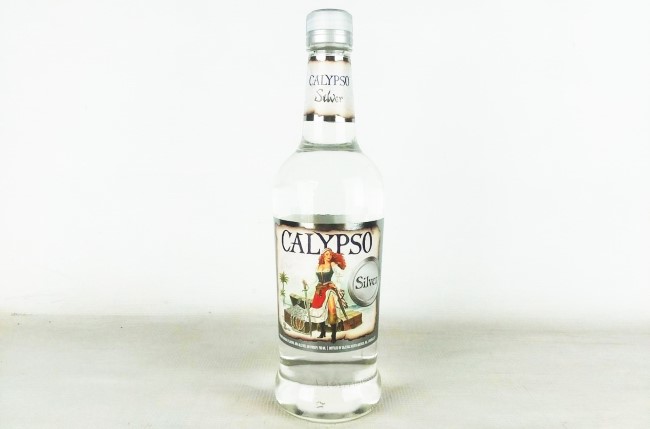
It’s becoming clear that a lot of the major spirits producers operating in the U.S. are sourcing their bottom-shelf, cheap rums from the U.S. Virgin Islands, but at least Sazerac’s entry is marginally better than the likes of Heaven Hill White Rum. This one can claim ownership what has got to be the most cliche of all the rum bottle labels in the blind tasting—oh look, a sexy pirate lady, it must be RUM!—but at least avoids the harshness of some of absolute bottom of the barrel.
In profile, Calypso comes off like a cleaner, less offensive version of the Heaven Hill offering—very neutral and fairly mild, with a slightly creamy texture and little flavor to speak of. The nature of the alcohol is a bit less medicinal and in all honesty is just EXTREMELY neutral, with little in the way of signature flavors. Residual sweetness is moderate, with just a hint of what might register as “hot cinnamon” spice, like a stick of Big Red gum. Of all the rums in the tasting, it comes the closest to presenting like an inoffensive bottle of cheap vodka. Unfortunately, that’s not what you really want in a rum, which hurts it a bit.
-

-

-

-

-

-

-

-

-

-

-

-

-

-

-

-

-

-

-

-

-

-

-

-

-

-

-

-

-

-

-

-

-

-

-

-

-

-

-

-

